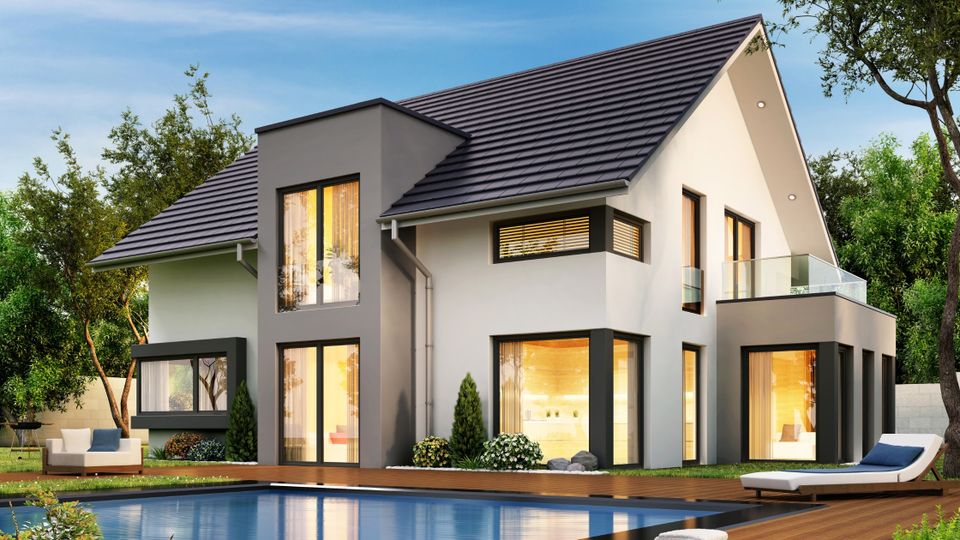

Every detail of a home tells a story—its architecture, landscaping, and, of course, its roof. A roof is not just a structural necessity; it’s a major design element that impacts a home’s curb appeal, functionality, and efficiency. Among all the architectural choices, the types of roof shapes are some of the most impactful and versatile decisions homeowners make. From influencing drainage to shaping interior space, roof design plays a crucial role in defining how a home looks and operates.
This guide dives deep into the different roof shapes available today, exploring their functionality and visual appeal. Whether you're dreaming of a cozy home tucked under a gable roof or considering the modern sleekness of a flat roof, you’ll find everything you need to make an informed decision. Plus, we’ll provide tips on aligning your roof choice with your home’s unique needs and character.
This guide dives deep into the different roof shapes available today, exploring their functionality and visual appeal. Whether you're dreaming of a cozy home tucked under a gable roof or considering the modern sleekness of a flat roof, you’ll find everything you need to make an informed decision. Plus, we’ll provide tips on aligning your roof choice with your home’s unique needs and character.
Why Roof Shapes Matter
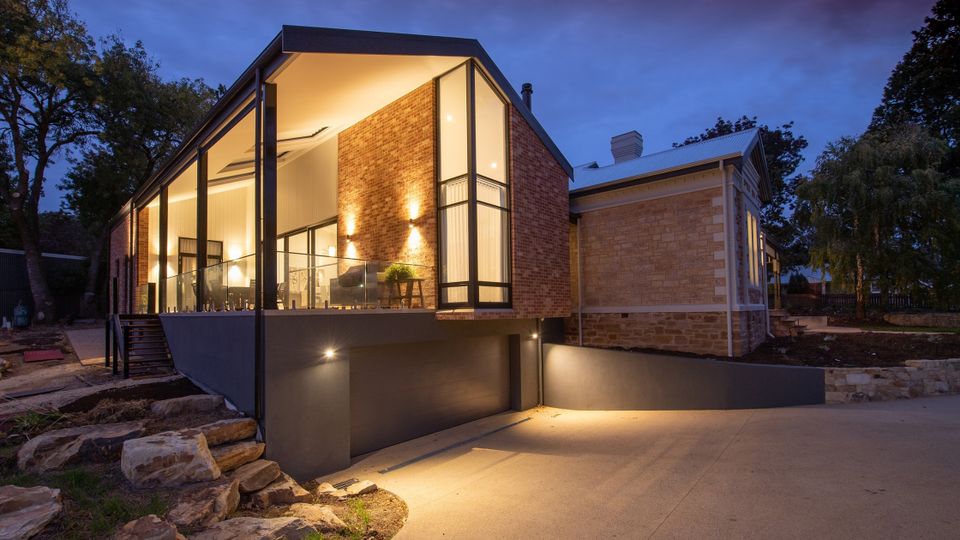
The shape of your roof affects more than just how your home looks. Here are some key impacts roof shapes have on your home:
1. Drainage and Insulation
Certain roof shapes, like hip roofs, are designed to handle water drainage more effectively than others. This not only helps protect your home against leaks and water damage but also reduces long-term maintenance headaches. Additionally, roof designs such as the mansard roof provide opportunities for adding better insulation, which can lead to increased energy efficiency and lower utility bills.2. Interior Space and Versatility
The design of your roof plays a significant role in determining how much usable attic space or additional rooms you can create. For example, choosing a gambrel roof can provide a spacious attic that could be converted into extra storage or even an additional bedroom, boosting the functionality and value of your home.3. Curb Appeal and Character
Your roof is one of the most prominent features of your home’s exterior, making it a key factor in curb appeal. A Dutch gable roof, for instance, adds a distinctive and sophisticated aesthetic that can elevate the overall character of your home. In contrast, a shed roof offers a clean, streamlined, and modern look. The right roof shape can dramatically enhance your home's visual appeal and make it stand out in any neighborhood.7 Popular Types of Roof Shapes and Their Roles
1. Gable Roof
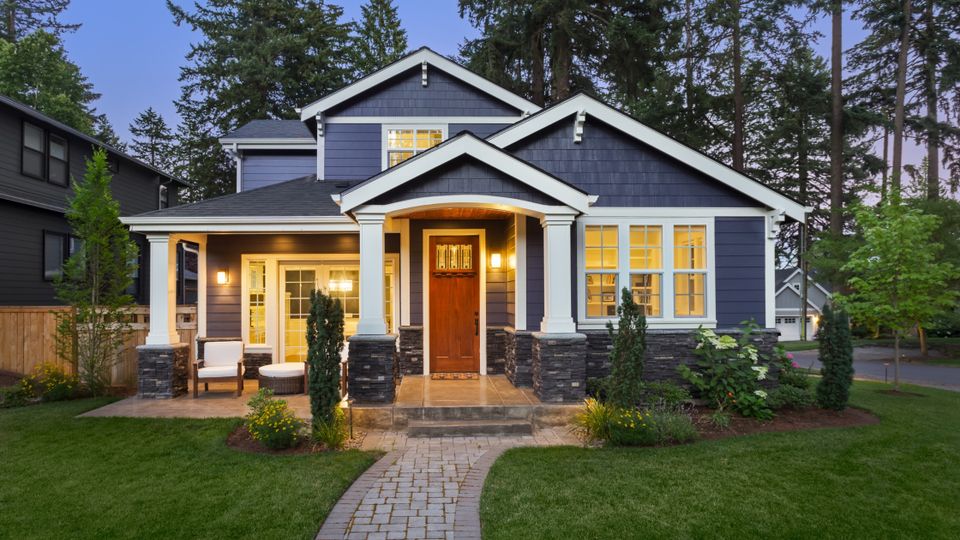
The classic triangle silhouette of the gable roof has stood the test of time, remaining an enduring favorite in residential architecture. Its simple yet elegant design not only enhances the visual appeal of a home with a timeless aesthetic but also offers practical advantages, such as excellent water and snow drainage. This makes it particularly effective in regions with heavy rainfall or snowfall, as its steep pitch allows precipitation to slide off easily, preventing water pooling or structural damage. Its versatility and functional design have made it a popular choice across a variety of architectural styles, especially for traditional homes.
Pro tip: Add decorative details like dormers to enhance both charm and functionality.
Looking for ideas? Explore this guide to Gable Roof Designs and Decorative Accents.
- Best Suited For: Traditional homes, colonial designs, cape cod styles, and homes looking to combine a classic appearance with reliable performance.
Pro tip: Add decorative details like dormers to enhance both charm and functionality.
Looking for ideas? Explore this guide to Gable Roof Designs and Decorative Accents.
2. Flat Roof
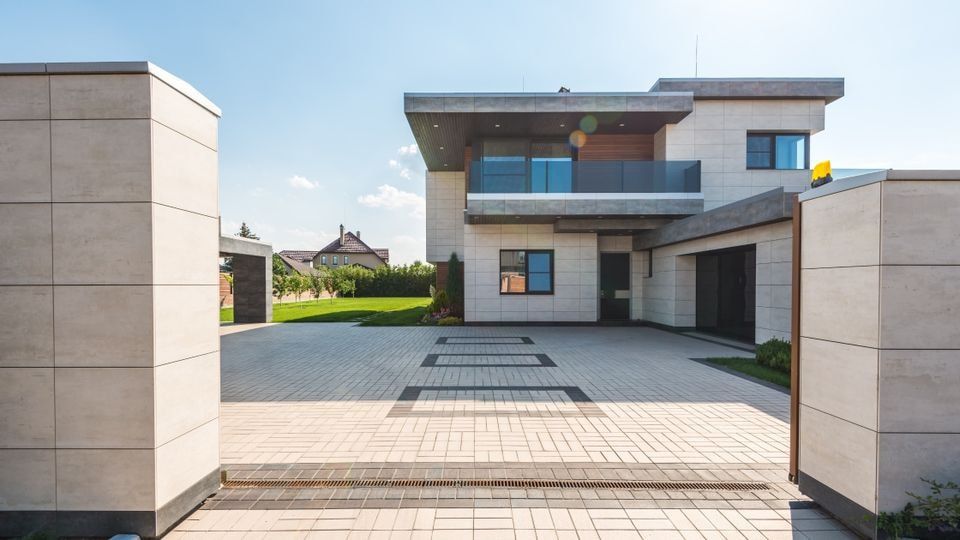
A flat roof is a stylish choice that provides a clean, minimalist aesthetic, making it an excellent option for modern and commercial spaces. This roof style is particularly popular in urban areas, where its design not only complements contemporary architecture but also serves a highly functional purpose. Flat roofs can be transformed into versatile spaces, such as rooftop gardens to enhance greenery in dense cities, solar panel installations to promote energy efficiency, or outdoor lounges for relaxation and social gatherings. They offer a unique blend of practicality and visual appeal, making them a favorite among architects and homeowners alike.
Did you know? Many flat roofs are slightly angled to prevent water pooling and improve drainage.
- Best Suited For: Modern and industrial-style homes, commercial buildings, or any structure looking to maximize usable rooftop space for additional functionality.
Did you know? Many flat roofs are slightly angled to prevent water pooling and improve drainage.
3. Mansard Roof
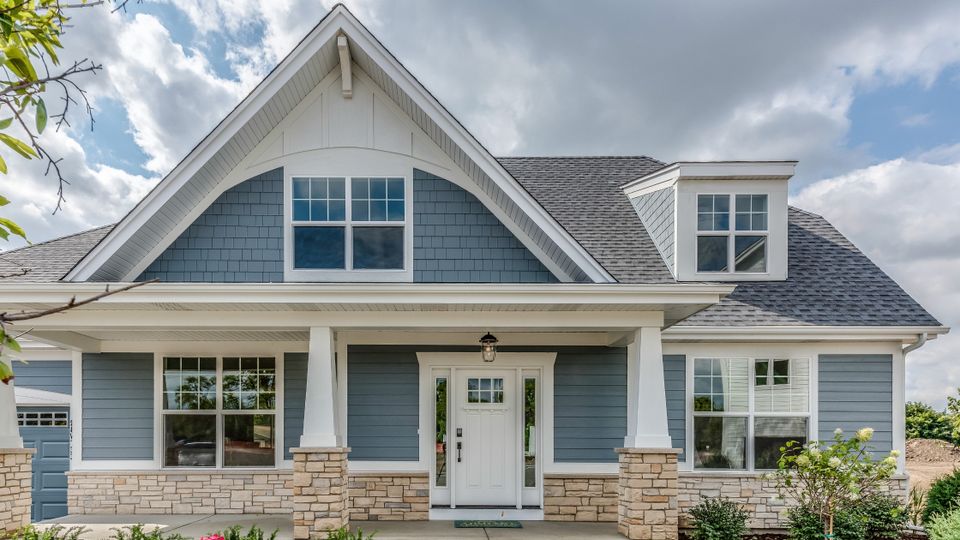
Inspired by the timeless elegance of French architecture, the mansard roof is a distinctive design that combines beauty and functionality. This four-sided roof features two slopes on each side, with the lower slope being much steeper than the upper one. This clever structure not only adds a touch of sophistication to any home but also provides a practical advantage by maximizing the attic space. The increased interior volume can be used for a variety of purposes, such as creating additional storage space, adding an extra floor, or even designing a cozy, light-filled living area that enhances the overall comfort of the home.
- Best Suited For: Homes with a focus on elegance and charm, where the desire for additional living or storage space complements the architectural appeal. The mansard roof is perfect for those looking to combine style and practicality in their home design.
4. Gambrel Roof
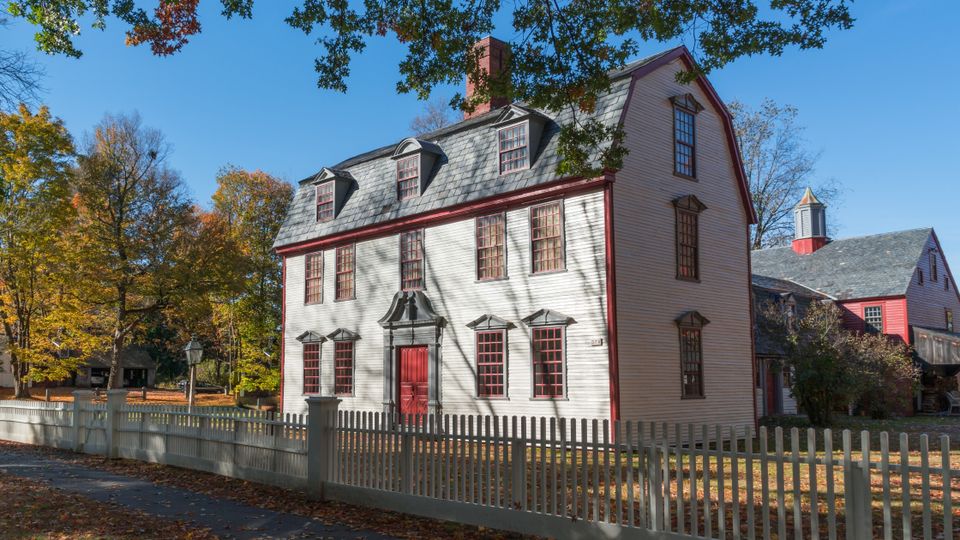
For those seeking countryside charm combined with extra space, the gambrel roof is a perfect choice. Often associated with classic barns, this roof style offers both functionality and timeless style. Its distinctive double-sloped design provides a steep lower slope and a more shallow upper slope, creating additional interior space that can be used in a variety of ways. This makes the gambrel roof ideal for adding lofts, storage, or even additional living areas, making it both practical and visually appealing.
- Best Suited For: Farmhouses, barns, Dutch Colonial-style homes, and any property where maximizing space and rustic charm is a priority.
5. Hip Roofs
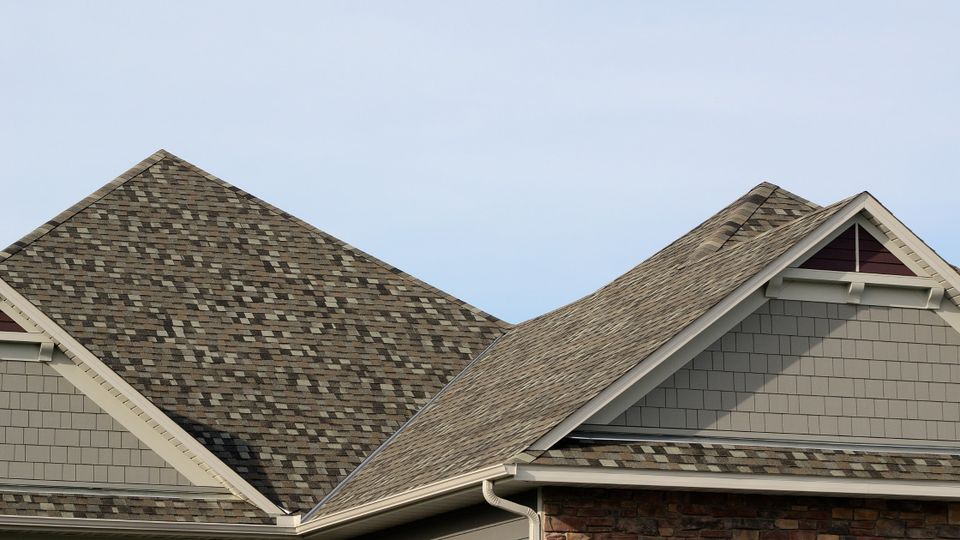
Hip roofs, characterized by symmetrical slopes on all sides, are widely recognized for their exceptional stability and durability. This roofing design not only adds a touch of elegance but also serves a highly functional purpose. Its structure is especially well-suited for regions that experience harsh weather conditions, such as strong winds or heavy snowfall, as it effectively distributes weight and resists wind uplift. The hip roof design is versatile and works beautifully with various architectural styles, adding both practicality and aesthetic appeal.
Pro tip: Combine with a hip and valley roof for a larger footprint and an elegant, layered design.
- Best Suited For: Craftsman homes, cottages, and other styles that value a balance of functionality and charm
Pro tip: Combine with a hip and valley roof for a larger footprint and an elegant, layered design.
6. Shed Roof
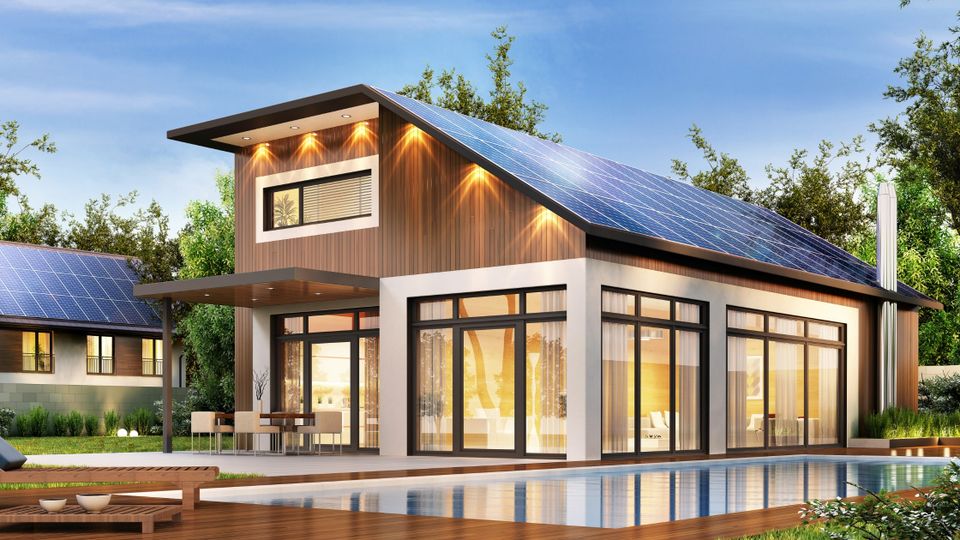
The shed roof is a single-sloping design that combines simplicity and functionality, making it a versatile and popular choice in modern architecture. Its angled structure not only adds a sleek, contemporary look but also serves a practical purpose. The slant of the roof is excellent for maximizing natural light, allowing sunlight to pour into the space, which is particularly beneficial for homes or studios aiming to create a bright, open atmosphere.
This design is also great for drainage, as rainwater easily flows off the slope. Shed roofs are often favored for their ability to complement modern, minimalist aesthetics while offering practical benefits.
This design is also great for drainage, as rainwater easily flows off the slope. Shed roofs are often favored for their ability to complement modern, minimalist aesthetics while offering practical benefits.
- Best Suited For: Small homes, studios, creative workspaces, or contemporary minimalist designs where natural light and clean lines are priorities.
7. Curved Roof
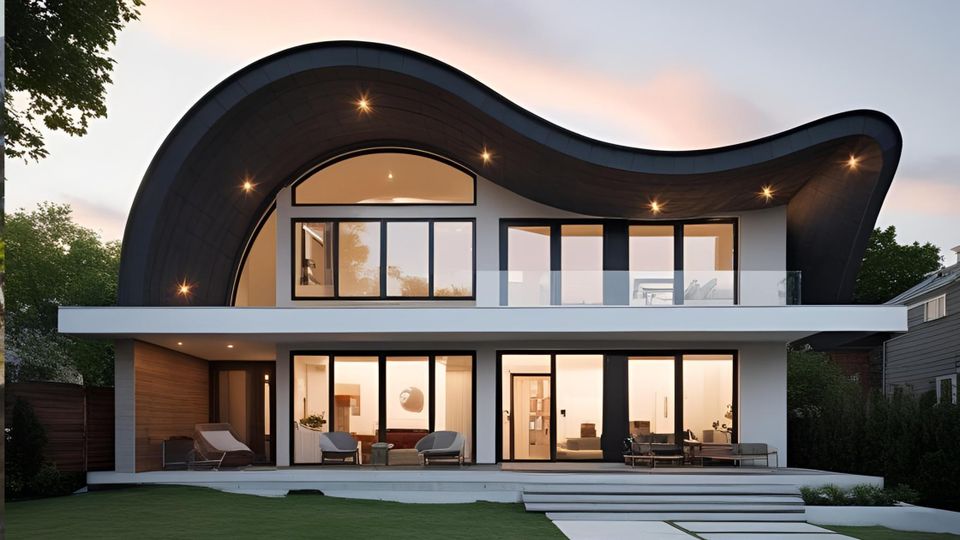
For homes that challenge the boundaries of conventional design, the curved roof stands out as a stunning architectural feature. Its sleek, futuristic appearance not only adds a modern aesthetic but also complements eco-friendly, sustainable building concepts and other unique architectural projects. The flowing lines and seamless structure create a distinct visual appeal, making it an ideal choice for those looking to make a bold statement with their home's design while prioritizing innovation and sustainability.
For more ideas and inspiration, explore this guide on popular roof styles for every home.
- Best Suited For: Lofts, environmentally-conscious homes, or architectural projects seeking a blend of modernity and sustainability.
For more ideas and inspiration, explore this guide on popular roof styles for every home.
How Roof Shapes Enhance Functionality
Different roof shapes are designed to meet specific needs, and their design can significantly influence various aspects of a building's performance. Here’s a closer look at how roof types impact key areas:
- Weather Resistance: The shape of a roof plays a critical role in how well it withstands different weather conditions. For example, pitched roofs, such as gable roofs, are ideal for climates with heavy rainfall or snowfall. Their sloped design allows snow to slide off easily and improves water drainage, reducing the risk of leaks or structural damage.
- Natural Light: Roof design can also affect the amount of natural light entering a building. A skillion roof, with its single slanted surface, works exceptionally well when paired with large windows or skylights. This combination not only creates a modern aesthetic but also floods the interior with bright, natural light, making it a practical choice for energy-conscious homeowners.
- Energy Efficiency: Some roofs are better at improving energy efficiency than others. Mansard roofs, for instance, are designed with multiple slopes and a flat top, which can accommodate thicker insulation layers. This design helps regulate indoor temperatures, keeping your home cooler in the summer and warmer in the winter while reducing energy costs over time.
Tips for Choosing the Perfect Roof Design
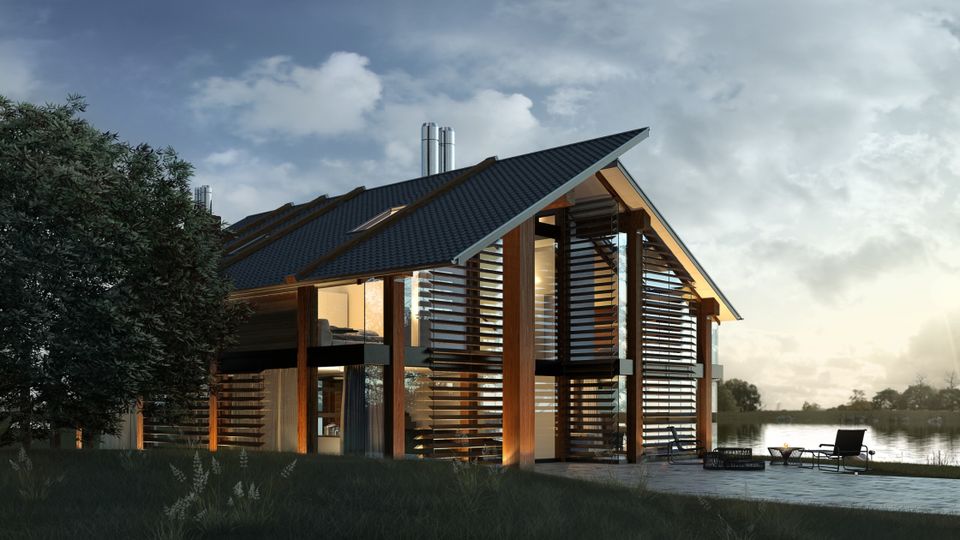
1. Consider Your Climate
The climate you live in plays a significant role in choosing the right roof. If you’re in an area with heavy rain, a hip and valley roof can provide excellent drainage. For regions prone to high winds, dome roofs or bonnet roofs offer extra durability and protection against strong gusts.2. Match Your Aesthetic
Your roof should complement the style of your home. For a more traditional look, opt for classic choices like a gable roof or a pyramid roof. If your home has a modern or minimalist design, consider sleek and simple options like a flat roof or monitor roofs to enhance the overall aesthetic.3. Plan for Future Upgrades
Think ahead when selecting your roof. Are you planning to install solar panels or create additional attic space in the future? Versatile options like mansard roofs or combination roofs can accommodate these upgrades, ensuring your roof meets both current and future needs.FAQs
What is the best type of roof for my home?
The best type of roof for your home depends on several factors, such as the climate, the architectural style of your house, and your personal preferences. For traditional homes, a gable roof is a classic and popular choice due to its simple yet effective design. If you're looking for a modern touch, a flat roof might be the ideal option. Other designs, like the mansard roof, offer elegance and additional attic space, while a gambrel roof provides a distinct barn-like aesthetic. Don't forget to consider practical options like a dormer roof or shed roof to enhance functionality.
How do roof slope and materials impact my choice?
The slope of your roof plays a significant role in your decision, especially when it comes to durability and drainage. A steep slope, often found with gable roofs or gambrel roofs, is excellent for shedding water and snow. On the other hand, low-slope or flat roofs require specialized roofing materials to prevent pooling and leaks. Always choose roofing materials compatible with your roof type to ensure longevity and performance.
What roof types are best for future upgrades?
If you're planning for future upgrades like solar panels or an additional attic room, certain roof types can save you time and effort down the line. For instance, mansard roofs offer versatility with their flat upper surface and steep lower slopes, while shed roofs provide ample space for panels and creative designs. Be sure to plan your type of roof carefully to accommodate these evolving needs.
Are modern roof designs practical?
Absolutely! Flat roofs and shed roofs—while sleek and modern—can be extremely practical with the right roofing materials and proper maintenance. They are also great for creating usable rooftop spaces or implementing green roofing systems. If you value both aesthetics and functionality, these contemporary roof types can be an exciting option for your home.
Can I combine multiple roof types on one home?
Yes, combination roofs are quite common and allow you to benefit from the best features of multiple designs. A home might incorporate a dormer roof for added light and ventilation or pair a mansard roof with a gable roof for an eye-catching, versatile design. Mixing roof types creates unique visuals and meets various technical needs, ensuring your home stands out while staying functional.
The best type of roof for your home depends on several factors, such as the climate, the architectural style of your house, and your personal preferences. For traditional homes, a gable roof is a classic and popular choice due to its simple yet effective design. If you're looking for a modern touch, a flat roof might be the ideal option. Other designs, like the mansard roof, offer elegance and additional attic space, while a gambrel roof provides a distinct barn-like aesthetic. Don't forget to consider practical options like a dormer roof or shed roof to enhance functionality.
How do roof slope and materials impact my choice?
The slope of your roof plays a significant role in your decision, especially when it comes to durability and drainage. A steep slope, often found with gable roofs or gambrel roofs, is excellent for shedding water and snow. On the other hand, low-slope or flat roofs require specialized roofing materials to prevent pooling and leaks. Always choose roofing materials compatible with your roof type to ensure longevity and performance.
What roof types are best for future upgrades?
If you're planning for future upgrades like solar panels or an additional attic room, certain roof types can save you time and effort down the line. For instance, mansard roofs offer versatility with their flat upper surface and steep lower slopes, while shed roofs provide ample space for panels and creative designs. Be sure to plan your type of roof carefully to accommodate these evolving needs.
Are modern roof designs practical?
Absolutely! Flat roofs and shed roofs—while sleek and modern—can be extremely practical with the right roofing materials and proper maintenance. They are also great for creating usable rooftop spaces or implementing green roofing systems. If you value both aesthetics and functionality, these contemporary roof types can be an exciting option for your home.
Can I combine multiple roof types on one home?
Yes, combination roofs are quite common and allow you to benefit from the best features of multiple designs. A home might incorporate a dormer roof for added light and ventilation or pair a mansard roof with a gable roof for an eye-catching, versatile design. Mixing roof types creates unique visuals and meets various technical needs, ensuring your home stands out while staying functional.
Transform Your Roof, Transform Your Home
Your roof style defines more than just your home’s appearance—it influences functionality, comfort, and even energy efficiency. Whether you’re enamored with the timeless appeal of gable roofs or drawn to the bold design of a butterfly roof, the right roof choice will elevate your home’s architectural value.
Looking for more roof design guidance? Check out The Ultimate Guide to Roof Enhancements for more inspiration.
Looking for more roof design guidance? Check out The Ultimate Guide to Roof Enhancements for more inspiration.
